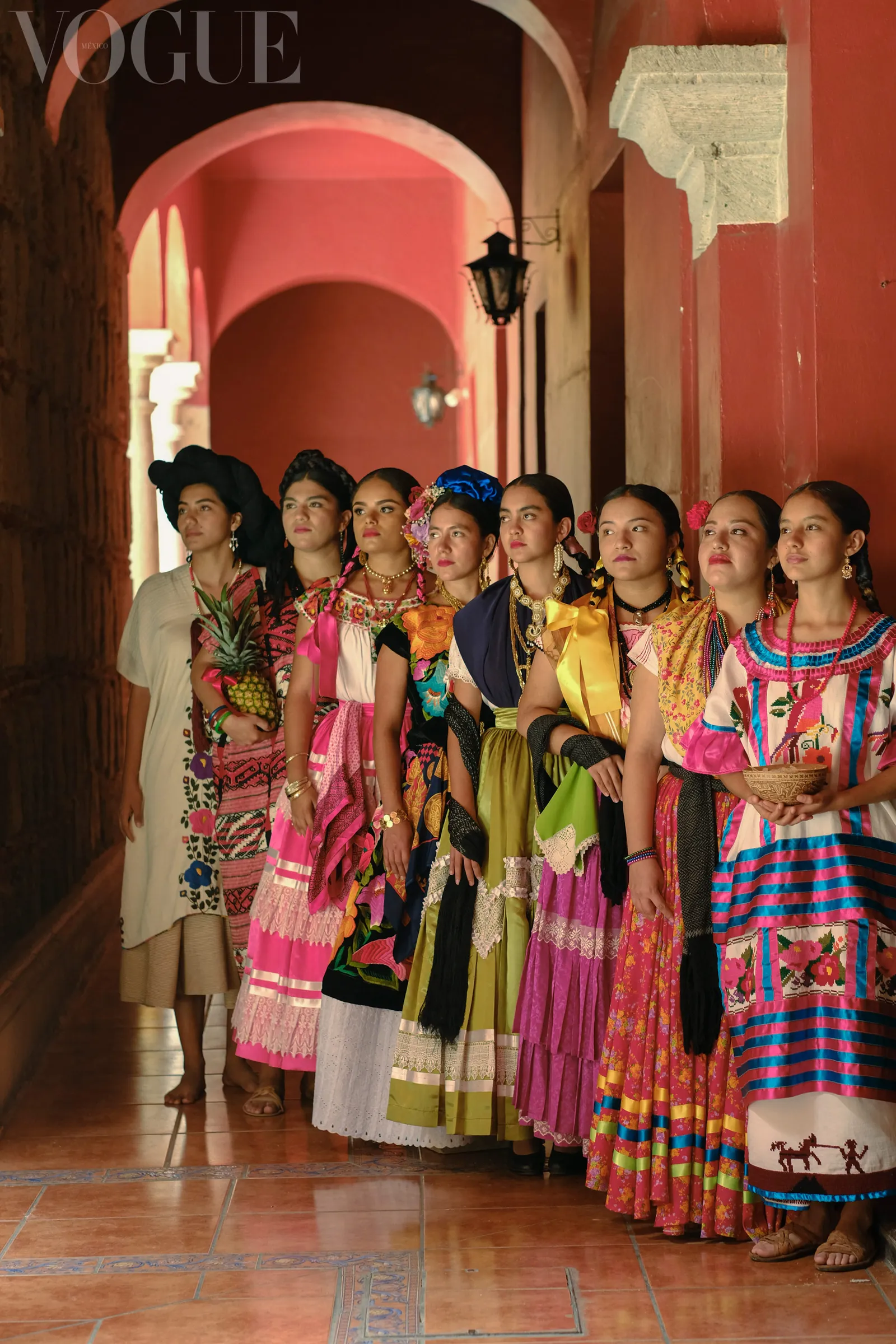Oaxaca Always Beautiful
With a great variety of customs and traditions, Oaxaca dazzles with its diversity and symbolism. Every corner of this region reveals the history and essence of a community rooted in its heritage. Discovering Oaxaca is embarking on a fascinating journey through Mexico’s cultural identity.
Oaxaca, a region in Mexico full of history and ancestral traditions, is a cultural treasure that has withstood the test of time. Its practices and customs, rooted in the pre-Hispanic era, remain alive thanks to the cultural mestizaje that has flourished over the centuries.
In Oaxaca, one can witness emblematic celebrations such as the Guelaguetza, an annual festival that pays tribute to the cultural diversity of the region. Additionally, the local crafts and gastronomy reflect the authenticity of traditions passed down from generation to generation. Oaxaca is a place where one can immerse oneself in the richness of Mexican traditions and experience firsthand its vibrant cultural heritage.
Its Gastronomy

Oaxacan cuisine reflects the influence of indigenous peoples and stands out for the diversity of products it offers due to its varied geography, which includes coasts, tropical plains, and mountainous areas.
Among the typical dishes of Oaxaca are:
The Cocido, a tasty stew prepared with pork, chicken, and beef, accompanied by chickpeas, beans, chayote, pumpkin, cabbage, carrots, cilantro, and spearmint. This stew is served with rice and chili sauce, delighting palates with its variety of flavors.
The mole negro is another emblematic dish, made with turkey meat and a rich black mole sauce, which combines ingredients such as chilies, spices, and chocolate to create a unique and delicious blend.
Totopos, toasted tortillas, are also an essential part of Oaxacan cuisine, perfect for accompanying traditional stews and sauces.
Regarding traditional sweets, highlights include Alegría, made with roasted amaranth seeds covered in caramel, and Gaznate, a sweet with egg white meringue. There is also Mamón, a sweet cornbread with cinnamon, and Ate, a fruit-based sweet, with mango and guava being the most recognized. Finally, Capirotada is a delicious white bread pudding with cheese, raisins, and peanuts.
Oaxacan cuisine is an authentic and diverse culinary experience that allows you to explore the flavors and traditions of this unique Mexican region.
Beverages

In Oaxaca, some of Mexico’s most distinctive and flavorful beverages can be found. Two of the most renowned are Tejate and Pozol de cacao.
Tejate is a traditional beverage made from roasted cacao seeds. It is known for its unique and refreshing flavor, with notes of nuts and chocolate. In addition to cocoa, other ingredients such as corn, corn dough, cocoa flower, and cocoa rosette are used. The preparation of Tejate is an art, as it is ground and mixed until it reaches a creamy consistency that is served cold. It is a highly appreciated beverage in Oaxaca, especially during festivities and traditional events. On the other hand, Pozol de cacao is a beverage that combines corn chicha with cocoa seeds. Corn chicha is a fermented corn-based beverage that is mixed with cocoa to create a delicious and comforting drink. Pozol de cacao has a slightly sweet taste and a bitter touch of cocoa, providing a unique and satisfying experience to the palate. It is a beverage that has been consumed since ancient times in the region and remains very popular today.
Day of the Dead in Oaxaca

In Oaxaca, the Day of the Dead is a celebration that spans two days, starting on November 1st and concluding on November 2nd. During this time, the inhabitants of the state participate in a series of rituals and traditions to honor their deceased loved ones.
One of the most outstanding practices is the creation of altars in homes. These altars are elaborately crafted and adorned with flowers, food, and typical Day of the Dead crafts. Clay skulls, known as “calacas” or “calaveras,” often bear the names of the deceased and are placed as part of the altar. These altars are sacred spaces where it is believed that the spirits of loved ones can return and enjoy the offerings made to them.
For Oaxaca, this is a very important date; the cemeteries are filled with music, food, and other items that were cherished by the deceased. It is an occasion to share special moments in the company of the departed, remembering their legacy and keeping their memory alive. The marigold flower, cempasúchil, is especially important in these visits and is used to adorn graves and tombstones.
Craftsmanship

Craftsmanship in Oaxaca notably reflects the influence of the Zapotec and Mixtec indigenous groups, who have left a cultural and artistic imprint on the region. Oaxacan artisans dedicate themselves to creating various objects using materials such as ceramics, wood, metals, and textiles, among others.
Ceramics are one of the most prominent forms of expression in Oaxacan craftsmanship. Potters use ancestral techniques to mold and decorate clay pieces, creating vessels, plates, pots, and other objects for everyday use or ornamental purposes. The designs and patterns reflect the rich cultural heritage of indigenous peoples and demonstrate great craftsmanship.
Wood is another widely used material in Oaxacan craftsmanship. Carvers create detailed and colorful sculptures, representing figures of animals, mythological beings, masks, and other symbolic elements. These pieces stand out for their fine craftsmanship and for representing nature and the worldview of indigenous peoples.
Metalworking also has an important place in Oaxacan craftsmanship. Artisans work with metals such as copper, tin, and brass, creating lamps, candlesticks, jewelry, and decorative objects with detailed and elegant designs. These pieces reflect the mastery and talent of artisans in handling metals.
Additionally, textiles are a fundamental part of craftsmanship in Oaxaca. Indigenous communities produce wool, cotton, and silk fabrics, using traditional weaving and dyeing techniques. Oaxacan textiles are characterized by their vibrant colors, geometric patterns, and symbolic motifs that represent the cultural identity of each community.






















